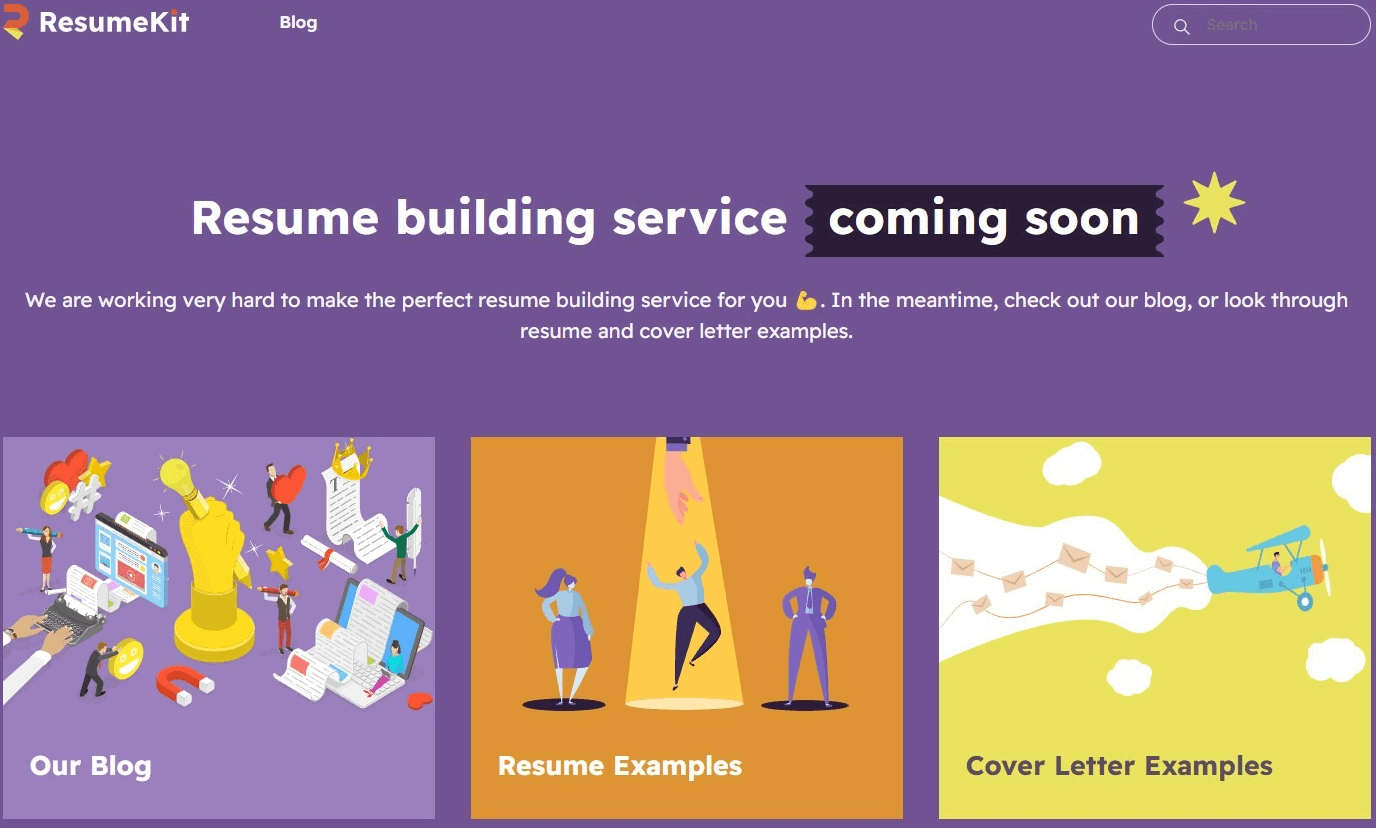Best Resume Builder Software to Land Your Dream Job in 2025″ is more than just a catchy title; it’s a gateway into the evolving landscape of job applications in a competitive world. As companies continue to seek out the best talent, having a standout resume has never been more crucial. This article explores top-notch resume builder software that not only simplifies the creation process but also enhances the chances of catching an employer’s eye.
With features that cater to various industries and job levels, these tools are designed to help candidates present their skills and experiences in the best possible light.
In today’s fast-paced world, communication plays a pivotal role in both personal and professional settings. With the rise of technology and globalization, the way we interact with one another has evolved dramatically. From emails to instant messaging, social media, and video conferencing, the channels available for communication have expanded immensely. This article aims to explore the various forms of communication, their benefits and drawbacks, and how we can enhance our communication skills to foster better relationships and collaboration.To start, let’s delve into the different types of communication.
At its core, communication can be categorized into verbal and non-verbal forms. Verbal communication includes both spoken and written words, while non-verbal communication encompasses body language, facial expressions, and gestures. Each type plays a vital role in how we convey messages and emotions.Verbal communication, especially in a professional environment, is crucial. Emails, reports, and presentations are all forms of written communication that require clarity and conciseness.
For instance, when sending an email to a colleague, it’s essential to structure the content effectively. Begin with a clear subject line that succinctly captures the essence of your message. In the body, use short paragraphs and bullet points where necessary to enhance readability. This ensures that your recipient can quickly grasp the main points without sifting through dense text.Conversely, spoken communication requires a different approach.
When engaging in face-to-face conversations or phone calls, it’s important to maintain an open demeanor and be mindful of your tone. A friendly tone can help establish rapport, while a formal tone may be necessary in situations that require professionalism, such as business meetings or conference calls. Moreover, active listening plays a crucial role in spoken communication. It involves not just hearing the words but understanding the underlying message.
Practicing active listening can enhance mutual respect and understanding among colleagues.Non-verbal communication, while often overlooked, is equally important. Our body language can convey confidence, uncertainty, or even disinterest. For example, maintaining eye contact during a conversation can signal engagement and sincerity, while crossed arms might indicate defensiveness. Similarly, a genuine smile can set a positive tone, whereas a lack of facial expression might be perceived as indifference.
Being aware of your non-verbal cues, as well as those of others, can significantly enhance the effectiveness of your communication.Another significant aspect of communication is the context in which it occurs. Cultural differences can impact how messages are interpreted. For instance, some cultures value direct communication, while others may prefer a more indirect approach. Understanding these nuances is essential in a multicultural workplace.

Taking the time to learn about your colleagues’ backgrounds and communication styles can facilitate smoother interactions and prevent misunderstandings.Moving on to technology, the digital age has transformed the landscape of communication. We now have an array of tools at our disposal, from emails to video conferencing platforms like Zoom and Microsoft Teams. These tools have made it easier to connect with colleagues around the globe in real time.
However, the convenience of digital communication also comes with challenges. Misinterpretation often arises from the lack of vocal tone and body language in written messages. Therefore, it’s crucial to choose words carefully and consider the potential impact they may have on the recipient.In addition to this, the rise of social media has created new avenues for communication. Platforms like LinkedIn, Twitter, and Facebook allow individuals to share ideas, network, and engage with a broader audience.
While social media can be a powerful tool for professional growth, it also requires a measured approach. The line between personal and professional can blur, leading to potential pitfalls. It’s vital to maintain a professional presence online and be mindful of the content shared.To enhance our communication skills, there are several strategies one can implement. Firstly, practicing empathy is crucial.
Try to put yourself in the other person’s shoes and consider their perspective. This practice not only improves understanding but also fosters a more collaborative environment. Secondly, seek feedback on your communication style from trusted colleagues. Constructive feedback can provide valuable insights into areas for improvement.Moreover, continuous learning is key. Engaging in workshops or courses focused on communication skills can provide new techniques and reinforce existing knowledge.
Reading books on effective communication can also offer fresh perspectives and practical tips. Authors like Dale Carnegie and Marshall Rosenberg provide timeless strategies for enhancing interpersonal communication.Finally, reflection is an essential part of improving communication skills. After meetings or important conversations, take a moment to reflect on what went well and what could have been done differently. This practice can help identify patterns in your communication style and highlight areas needing attention.In conclusion, effective communication is a cornerstone of successful relationships, both personally and professionally.
By understanding the various forms of communication, being aware of cultural differences, and leveraging technology wisely, we can significantly enhance our interactions. Furthermore, by practicing empathy, seeking feedback, and committing to continuous learning, we can develop into more effective communicators. As the world continues to evolve, so too must our communication skills, ensuring we connect meaningfully with others in an increasingly complex landscape.
